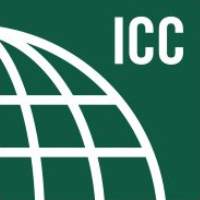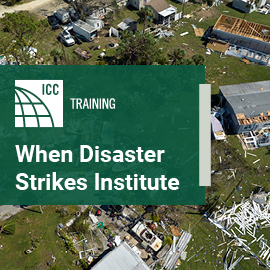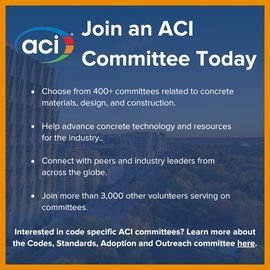
U.S. House subcommittees hear testimony supporting the reauthorization of the National Windstorm Impact Reduction Program
![]() The International Code Council’s and ANCR’s Ryan Colker testified on the importance of the program to the building safety community
The International Code Council’s and ANCR’s Ryan Colker testified on the importance of the program to the building safety community
Washington, D.C. – Earlier today, U.S. House of Representatives’ Subcommittees on Research and Technology and Environment held a hearing on the National Windstorm Impact Reduction Program (NWIRP). The purpose of the program is to measurably reduce the loss of life and property from windstorms through an improved understanding of risks and impact.
The program is implemented through a coordinated effort between federal agencies, academia, and private sector organizations such as the International Code Council. The Federal Emergency Management Agency (FEMA), National Institute of Standards and Technology (NIST), National Oceanographic and Atmospheric Administration (NOAA) and National Science Foundation are all participants. The program supports the development, adoption and enforcement of building codes and other mitigation strategies. The Congressionally-established National Institute of Building Sciences found that adopting the 2018 International Building Code and International Residential Code, which govern commercial and residential construction and renovations, provided $10 in mitigation benefits against hurricane winds for every $1 invested.
There are several types of windstorm, such as tornadoes, tropical cyclones/hurricanes and winter storms, and every state is at risk for loss of life and property when one of these storms hits. From 1980 to 2017, these natural disasters resulted in over 5,000 fatalities and $1 trillion in economic losses. Since community resilience varies so widely across the nation, federal agencies have recognized that the focus needs to shift from post-disaster recovery to pre-disaster investments, like the adoption and enforcement of up to date building codes, which is what makes NWIRP’s mitigation research so important.
As a prevention-oriented program, NWIRP has had several notable successes to date. For example, NWIRP-supported FEMA research and publications led to the development of the ICC/NSSA 500 storm shelter standard and the International Building Code requirement that K-12 schools and emergency responder facilities in tornado prone region include storm shelters. Notably, there have been no fatalities in properly designed and constructed storm shelters.
Despite its significant success, this program still faces issues of limited funding that undermine the collaborative intention of the program. By reauthorizing the NWIRP with dedicated funding and the
resources it needs to fulfill its objectives, the program can continue to reduce the impact of windstorms on properties and communities across the country.
Ryan Colker, the Code Council’s Vice President of Innovation and Executive Director of the Alliance for National and Community Resilience (ANCR), testified about the importance of reauthorizing this program with enough funding and longevity to meet its goals. Other witnesses included Dr. Scott Weaver, Director of the National Windstorm Impact Reduction Program at NIST; Major General Lee Tafanelli, Kansas Adjutant General, Director of Kansas Homeland Security, and Director of Kansas Emergency Management; and Dr. Delong Zuo, Associate Professor of Civil Engineering at National Wind Institute of Texas Tech University.
“Despite limited funding, NWIRP has made several significant contributions to building codes and standards,” said Colker. “Given the extent of the risk, adequate funding, a long-term authorization, and champions in both Congress and the Administration are critical towards achieving the program’s mitigation objectives.” As noted in his oral testimony: “Building codes have been recognized as a highly cost-effective hazard mitigation measure…We stand ready to support this Committee and the NWIRP agencies in achieving shared goals of better understanding windstorms and assessing and reducing their impacts.”
Tornadoes, thunderstorms, hurricanes and associated flooding are the deadliest and most costly natural hazards in the nation…Every state in the country is exposed to windstorm hazards…The Science Committee looks forward to engaging with the windstorm research and building code communities and state and local governments on recommendations for reauthorization of this important program and improving our nation’s resilience to devastating windstorms,” said Rep. Haley Stevens, Chairwoman of the Subcommittee on Research and Technology, at today’s hearing.
Colker’s complete testimony is available here. For hearing details and other testimony, click here.








